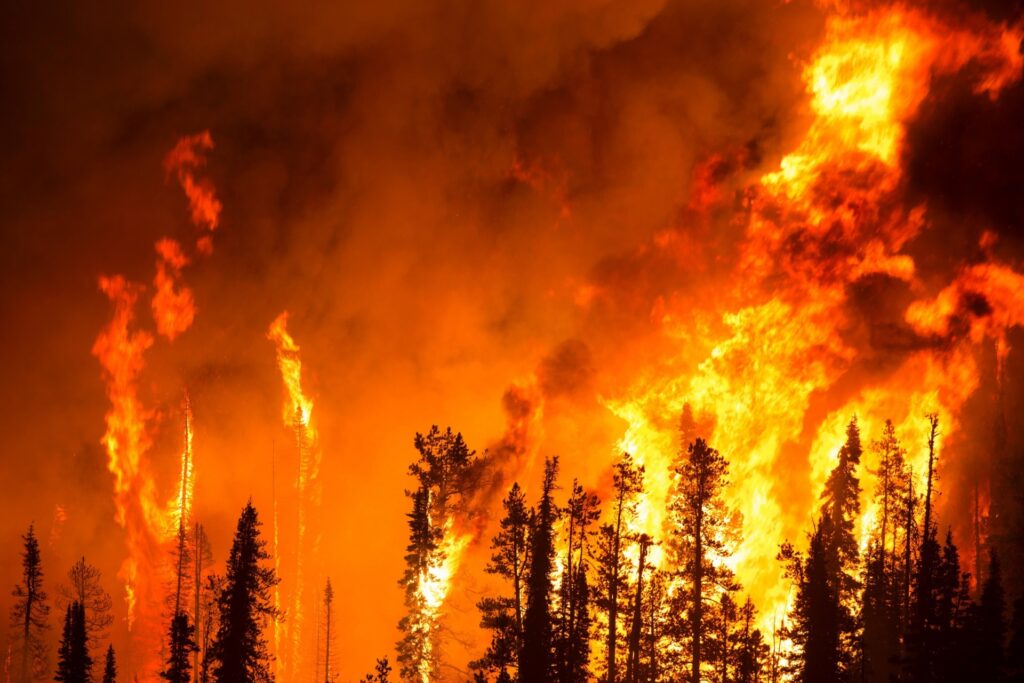Smoky Bear is scared. This summer was dry, and the fall isn’t shaping up to be much better. The unusually long dry spell this summer has the fields and forests primed for being set ablaze. As we approach firearms portion of deer seasons across the Midwest and hunters begin to flood the forests, extra caution must be taken to prevent forest fires.
There are few joys in life I enjoy more than relaxing around a campfire. Especially if the fire is a hunting camp after a long day chasing deer during the November rut. Cracking a cold one and catching up with fellow hunters over the events of the day is amplified by such a scene. There are few places I’d rather be than around a campfire.
Unfortunately, campfires don’t always go as planned. This year has been one of the worst forest fire seasons in recorded history. You don’t want to be the reason another fire starts. The danger and damage caused can be catastrophic. With a little precaution and commonsense, most manmade forest fires can be avoided.
Care and consideration should be used all to aid in avoiding forest fires. If the area you are considering to have a fire in looks dangerous, meaning it is littered with dry leaves or dry grass, don’t burn there. And pleased do not throw any cigarette or cigar butts on the ground. If you are determined to have a campfire in the forest fire, take extreme precautions.
The first thing you want to be sure of when having a fire is containing it in a fire pit. Most campgrounds are equipped with existing pits. If you’re out on the trail or off the grid and no pit exists, you’ll need to construct one. The simplest way to construct a pit is to dig a hole about a foot deep and pile up a ring of rocks around its edge.
Wind is the cause of many forest fires. Blowing coals and fanning flames, wind is what spreads fires from their pit. Make sure your fire pit is dug in a spot that is as protected from the wind as possible. Store firewood upwind from your campfire. You definitely don’t want coals blowing out of the fire pit into a pile of firewood.
Building a campfire in dangerously dry conditions should be done with extreme care. Don’t ever pour gasoline on a fire and drop a match. Such explosions have sent many happy campers to the emergency room. What you want to do is gather a handful of tinder, which could be twigs, dry leaves, pines needles or other small flammable natural products, and pile them in the bottom of your pit. Then light the pile.
Build a tipi of smaller sticks over the tinder. As the sticks ignite, add larger firewood. Don’t try to ignite a bonfire-sized blaze. Plan to keep your fires small. A little campfire is all one needs to enjoy the warmth and pleasure of a relaxing fall fire.
Given lower dew points and the corresponding lower relative humidity, expect to see an increase in forest fires. As fuels continue to cure expect to observe an increase in size, complexity and duration in suppression actions. You don’t want to be the cause of such an ordeal. Make Smoky Bear proud. Do your part to prevent forest fires.
See you down trail…
Brandon Butler
bbutler@driftwoodoutdoors.com
Pic: With a little commonsense, most manmade forest fires can be avoided.
For more Driftwood Outdoors, check out the podcast HERE or anywhere podcasts are streamed.




